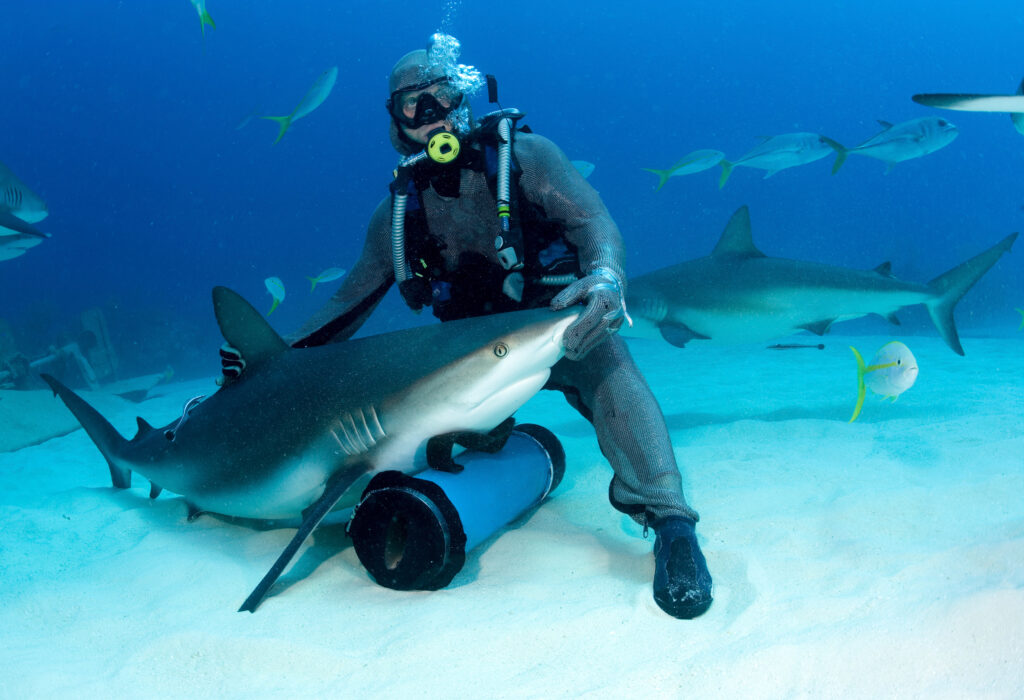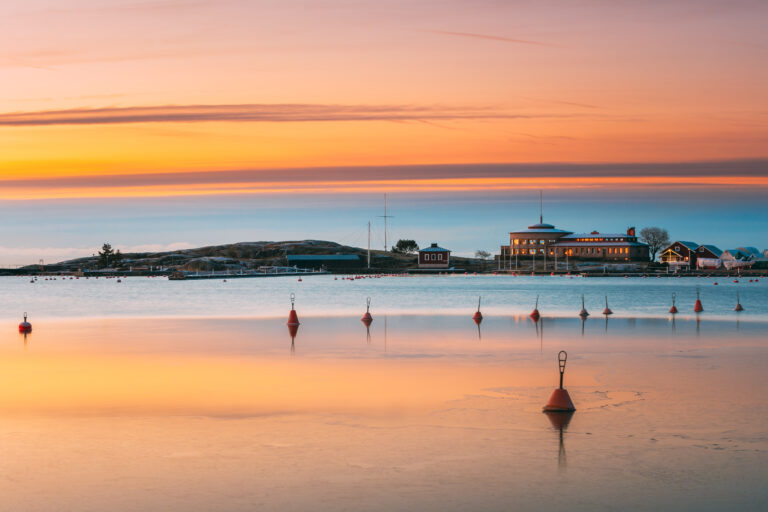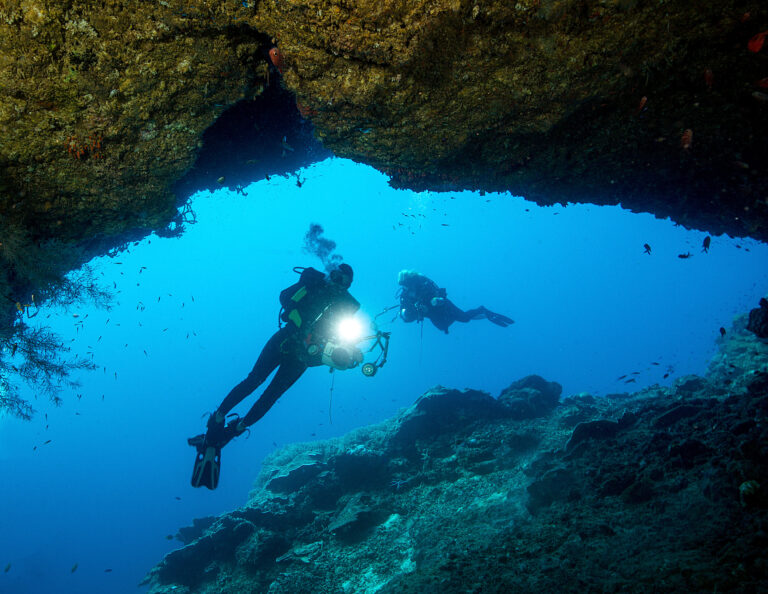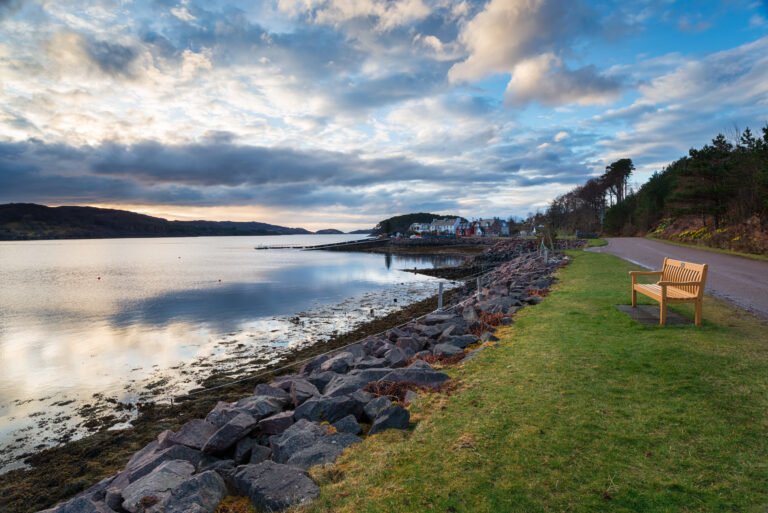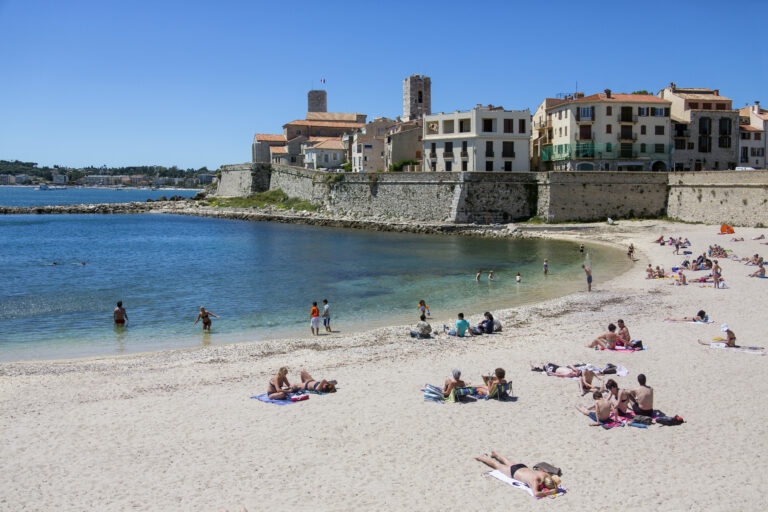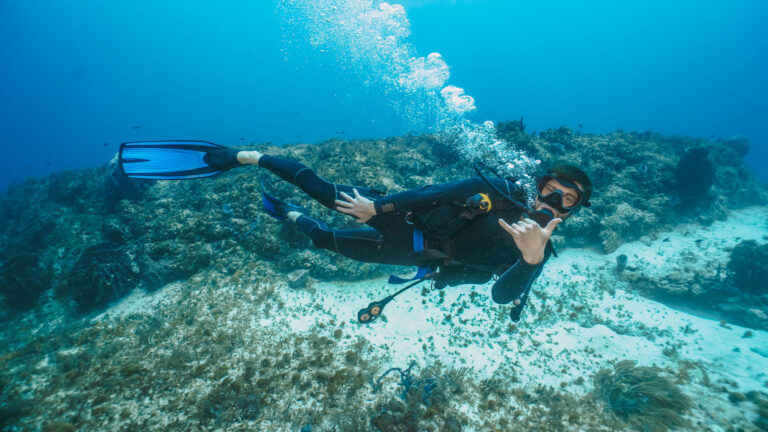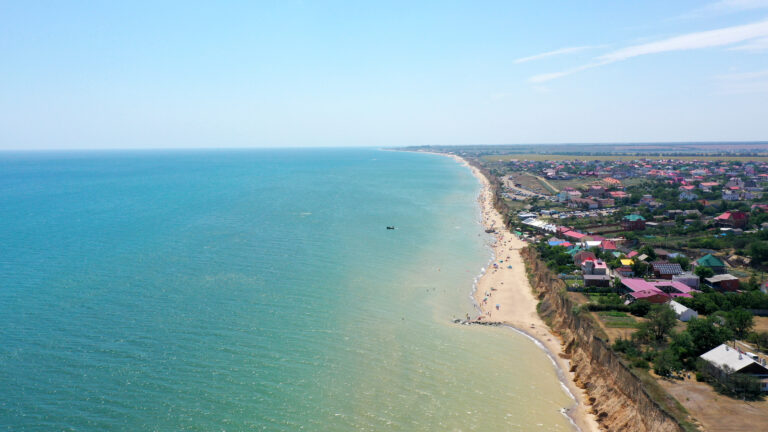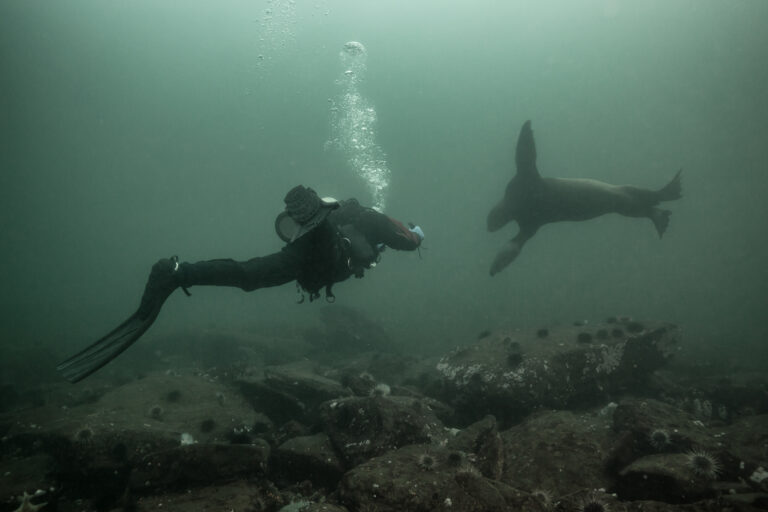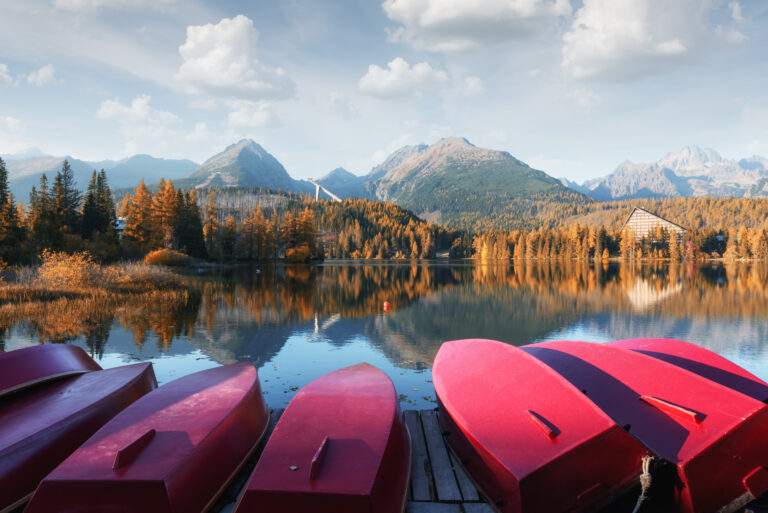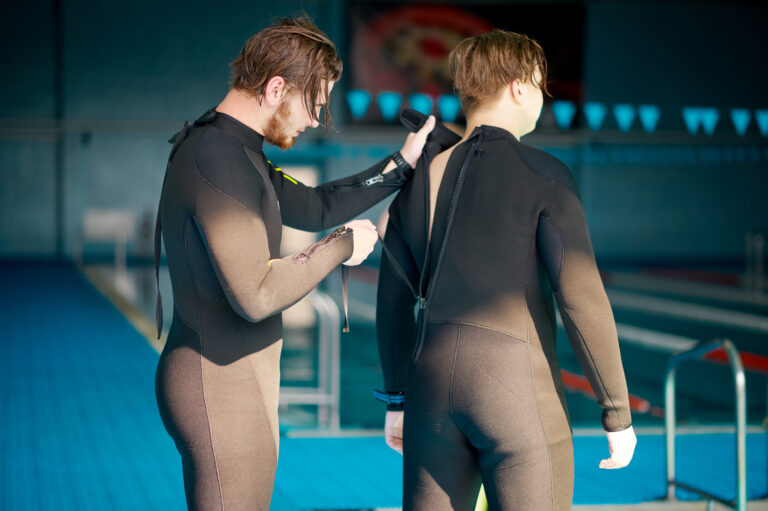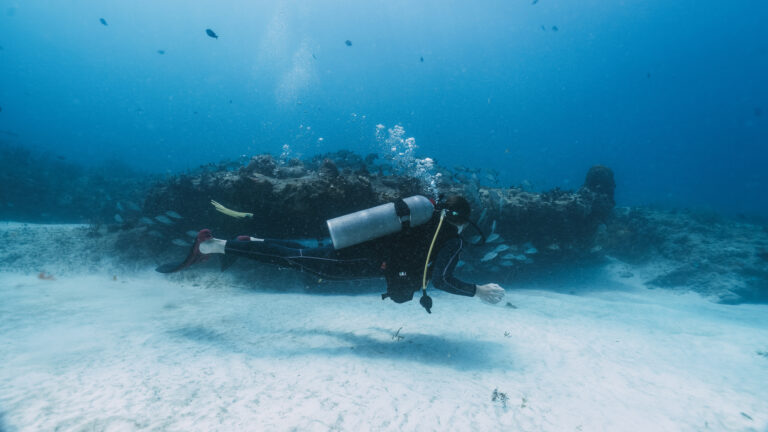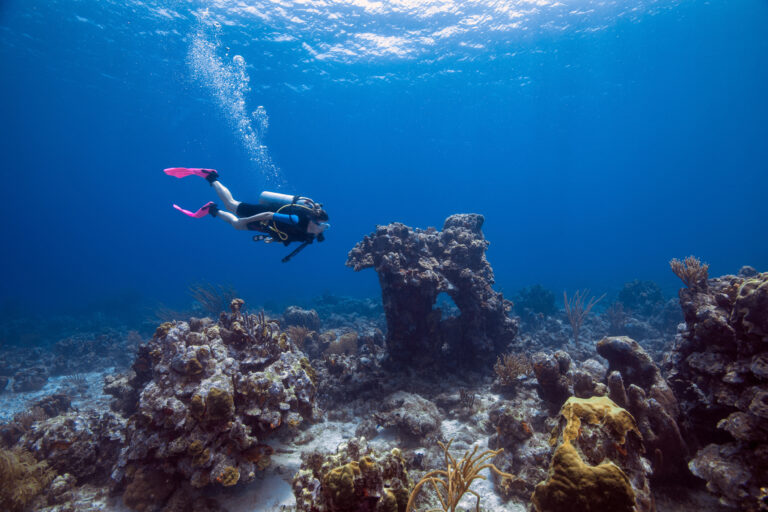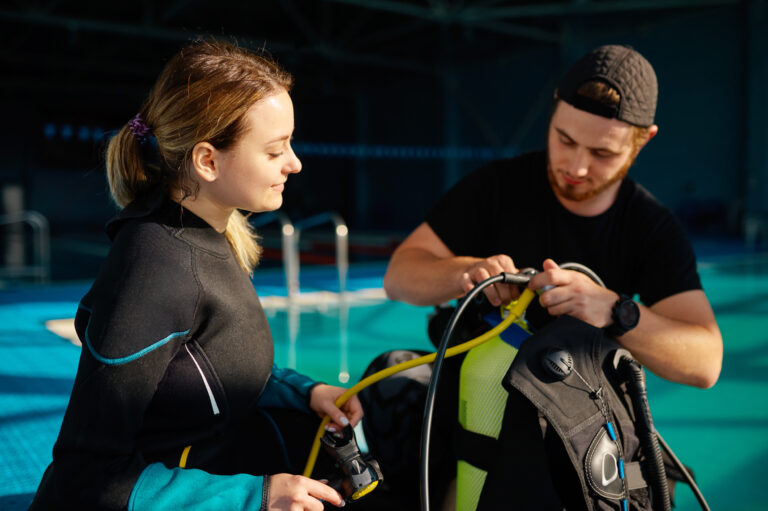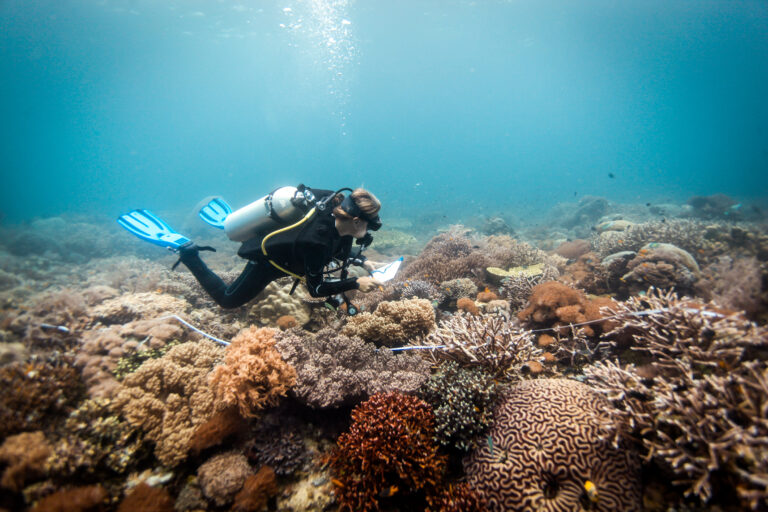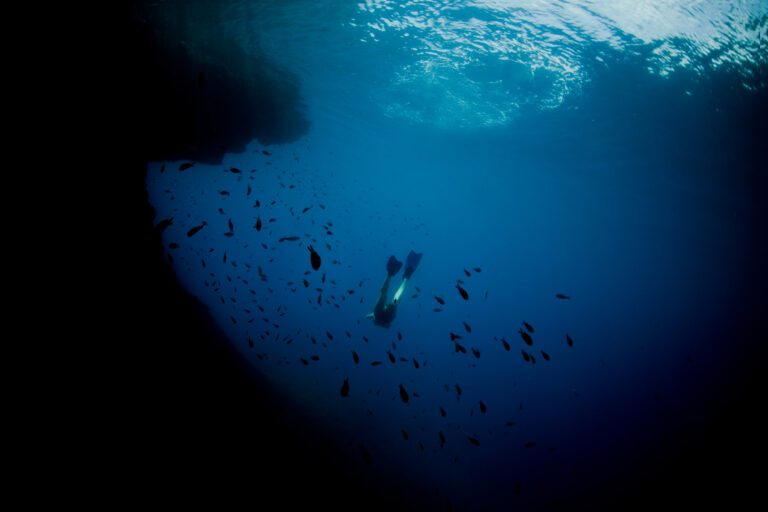Scuba Divers’ Travel Guide to Ecuador
Ecuador, with its Pacific coastline and the renowned Galápagos Islands, provides a scuba diving experience like no other. The country’s waters are famed for their biodiversity, offering divers the chance to encounter everything from hammerhead sharks to playful sea lions. The marine environments here are incredibly varied, featuring volcanic formations and lush coral gardens. Ecuador’s commitment to preserving its natural habitats ensures that the underwater ecosystems remain pristine and vibrant. For scuba travelers seeking adventure and marine life encounters, Ecuador is a destination that promises awe-inspiring underwater journeys.
Location and Geography
Ecuador, straddling the equator on South America’s Pacific coast, offers a diverse and exhilarating scuba diving experience influenced by its unique geography. The mainland coastline stretches from the lush, tropical province of Esmeraldas in the north, down to the arid, sandy beaches of Santa Elena in the south, presenting a variety of underwater landscapes. However, it is the remote Galápagos Islands, lying about 1,000 kilometers west of the mainland, that are the crown jewel of Ecuador’s diving scene. This volcanic archipelago, born from the fiery belly of the Earth, is not only a UNESCO World Heritage site but also one of the most biologically diverse marine environments on the planet. The confluence of several major oceanic currents brings nutrient-rich waters to the islands, supporting a dazzling array of marine life and offering divers the chance to explore a world beneath the waves that is as enchanting and varied as the geography above.
Visa and Entry Requirements
Before embarking on your underwater adventure to Ecuador, a scuba diver’s paradise known for the enchanting Galápagos Islands and the biodiverse waters of the Pacific, it is essential to understand the visa and entry requirements. Most travelers, including those from the United States, Canada, the European Union, and Australia, do not require a visa for stays of up to 90 days within a year period. However, your passport must be valid for at least six months beyond the date of entry. Upon arrival, you may be asked to present evidence of return or onward travel. Keep in mind that if you plan to dive in the Galápagos, additional transit control cards and national park fees are required, which help to fund conservation efforts. It’s advisable to check with the nearest Ecuadorian embassy or consulate for the most current information, as regulations can change. Always ensure that your travel documents are in order well in advance of your trip to guarantee a smooth entry into Ecuador’s aquatic wonderland.
Getting to Ecuador
Getting to Ecuador for an unforgettable scuba diving adventure is a straightforward endeavor, thanks to its well-connected transportation infrastructure. The country is served by two major international airports: Mariscal Sucre International Airport in Quito and José Joaquín de Olmedo International Airport in Guayaquil. These airports offer direct flights from major cities in North and South America, as well as connections from Europe and other continents. Upon arrival, divers can take domestic flights to coastal cities like Manta or opt for bus services to reach the port city of Puerto López, which is a gateway to the magnificent Isla de la Plata. For those aiming to explore the world-renowned Galápagos Islands, flights from Quito or Guayaquil to the islands of Baltra or San Cristóbal are the most efficient means of reaching this remote paradise. Once in Ecuador, the country’s compact size allows for easy travel by bus or car to various coastal destinations, where the Pacific Ocean awaits with its rich marine biodiversity, ready to be discovered beneath its waves.
Best Time to Dive
Getting to Ecuador for an unforgettable scuba diving adventure is a straightforward endeavor, thanks to its well-connected transportation infrastructure. The country is served by two major international airports: Mariscal Sucre International Airport in Quito and José Joaquín de Olmedo International Airport in Guayaquil. These airports offer direct flights from major cities in North and South America, as well as connections from Europe and other continents. Upon arrival, divers can take domestic flights to coastal cities like Manta or opt for bus services to reach the port city of Puerto López, which is a gateway to the magnificent Isla de la Plata. For those aiming to explore the world-renowned Galápagos Islands, flights from Quito or Guayaquil to the islands of Baltra or San Cristóbal are the most efficient means of reaching this remote paradise. Once in Ecuador, the country’s compact size allows for easy travel by bus or car to various coastal destinations, where the Pacific Ocean awaits with its rich marine biodiversity, ready to be discovered beneath its waves.
Accommodation Options
Ecuador, a scuba diver’s paradise, offers a variety of accommodation options to suit every preference and budget, ensuring a comfortable stay as you explore the underwater wonders of the Galápagos Islands and the vibrant Pacific coast. In the Galápagos, eco-lodges and dive resorts cater to environmentally conscious travelers, providing direct access to exclusive dive sites and often including full dive packages. On the mainland, in diving hotspots like Ayangue and Montañita, you can find everything from budget-friendly hostels for the solo traveler to luxurious beachfront hotels that arrange dive excursions to nearby locations such as Isla de la Plata, known as the “poor man’s Galápagos.” For a more immersive experience, liveaboard boats are an excellent choice, offering multi-day excursions around the Galápagos archipelago, where you can wake up at a new dive site each day. Whether you’re looking for the simplicity of a beach cabana or the all-inclusive experience of a dedicated dive resort, Ecuador’s accommodations provide the perfect base for both topside relaxation and underwater adventure.
Dive Operators and Dive Shops
Ecuador, straddling the equator, offers a unique and diverse scuba diving experience, with dive operators and shops catering to an array of underwater adventures, from the nutrient-rich waters of the Pacific to the legendary Galápagos Islands. Mainland Ecuador’s dive shops, primarily located in coastal towns like Puerto López and Salinas, provide access to the vibrant aquatic life of the Machalilla National Park and the Santa Clara Island. Meanwhile, the Galápagos Islands, a world-renowned diving destination, boast specialized dive operators equipped to guide you through the archipelago’s unparalleled marine ecosystem, home to hammerhead sharks, manta rays, and playful sea lions. These operators offer liveaboard experiences as well as day trips, ensuring that both novice and experienced divers can find a package that suits their skill level and interests. Safety and environmental consciousness are paramount, with many shops affiliated with international diving organizations, ensuring high standards for dive education and conservation efforts. Whether you’re looking to explore the underwater volcanic landscapes or encounter the majestic whale shark, Ecuador’s dive operators and shops provide the gateway to some of the most extraordinary marine experiences on the planet.
Transportation within Ecuador
In Ecuador, transportation options to access the country’s prime scuba diving spots are varied and cater to different preferences and budgets. For the world-renowned Galápagos Islands, most divers fly into Quito or Guayaquil and then take a domestic flight to the islands, where liveaboard boats or day-trip vessels are the primary means to reach the diverse dive sites. On the mainland, the coastal town of Puerto López is a gateway to the Machalilla National Park and can be reached by bus or car from major cities like Guayaquil. Rental cars are available for those seeking flexibility, while bus services offer an economical way to traverse the country’s scenic routes. For remote locations, such as dive sites around the Isla de la Plata, boat transfers are arranged by dive operators. Always ensure that your transportation plans align with the local dive schedules to maximize your underwater adventures in Ecuador’s rich marine environments.
Currency and Payment Methods
In Ecuador, the official currency is the US dollar, which simplifies transactions for American travelers and offers a familiar reference point for international visitors. Cash is king in many local markets and smaller towns, especially in areas near popular scuba diving spots like the Galápagos Islands and the coastal town of Puerto López. It’s advisable to carry small denominations as vendors may have difficulty making change for larger bills. Credit cards are widely accepted in larger cities and tourist establishments, but it’s prudent to check with your dive operator or resort ahead of time. ATMs are available in urban areas, but can be scarce in remote locations, so plan accordingly before venturing out for your underwater adventures. Always inform your bank of your travel plans to avoid any issues with card usage abroad, and consider bringing a backup payment method. Lastly, while tipping is customary, the amount can vary, so inquire locally for appropriate guidelines to ensure you’re expressing your gratitude adequately for the services provided.
Language and Communication
Language and communication are vital components of any scuba diving adventure in Ecuador, a country where Spanish is the lingua franca. While diving off the coast of this biodiverse nation, it’s beneficial to have a basic grasp of Spanish phrases, especially those pertinent to diving and marine life, to enhance interactions with local dive operators, guides, and fellow divers. However, Ecuador’s popularity as a world-class diving destination means that English is commonly spoken within the diving community, particularly in tourist hotspots like the Galápagos Islands and the coastal town of Puerto López. Dive briefings are often conducted in both Spanish and English, and sometimes other languages, to accommodate international visitors. It’s also worth noting that dive signals are a universal language underwater, transcending spoken words. Non-verbal communication through hand signals is essential for safety and coordination among divers, ensuring an enjoyable experience as you explore Ecuador’s underwater marvels.
Local Culture and Attractions
Ecuador, straddling the equator, offers a rich tapestry of local culture and attractions that complement its world-class scuba diving experiences. Above the surface, the vibrant indigenous markets, such as the famous Otavalo Market, brim with colorful textiles and traditional crafts, providing a glimpse into the country’s ancestral heritage. In the capital city of Quito, a UNESCO World Heritage site, colonial architecture and the ornate Compañía de Jesús Church showcase the confluence of Spanish and indigenous influences. For a taste of local flavors, visitors can indulge in Ecuadorian cuisine, featuring fresh ceviche and the hearty locro de papa soup. Beyond the mainland, the Galápagos Islands beckon with their unique wildlife and the legacy of Charles Darwin’s evolutionary studies. Here, the local communities are deeply connected to conservation efforts, offering eco-friendly tours and educational opportunities that highlight the importance of preserving this natural wonder. Whether exploring the Amazon rainforest, relaxing on the sun-kissed beaches of the Pacific coast, or immersing in the Andean culture, Ecuador’s diverse attractions enrich the scuba diving adventure with unforgettable cultural experiences.
Cultural Etiquette and Tips
When scuba diving in Ecuador, it’s important to embrace the local customs and show respect for the vibrant culture and the pristine marine environment. Ecuadorians are known for their warm hospitality, but it’s courteous to greet them with a polite “buenos días” or “buenas tardes” depending on the time of day. When engaging with local dive operators and guides, patience and humility go a long way, as does an effort to speak even basic Spanish, which is greatly appreciated. Be mindful of local conservation efforts, especially in ecologically sensitive areas like the Galápagos Islands, where strict guidelines are in place to protect the unique ecosystem. Always follow the instructions of your guide, avoid touching or disturbing wildlife, and never remove natural souvenirs from dive sites. When it comes to tipping, it is customary to offer a gratuity of around 10% for good service, though in the Galápagos, a slightly higher tip may be expected due to the remote nature of the service. Lastly, immerse yourself in the local culture by trying traditional Ecuadorian cuisine and participating in community events when possible, as it enriches your travel experience and fosters a mutual respect between visitors and hosts.
Local Laws and Regulations Relevant to Tourists
When planning a scuba diving trip to Ecuador, it is crucial to familiarize yourself with the local laws and regulations to ensure a safe and lawful experience. Ecuador is known for its rich marine biodiversity, particularly in the Galápagos Islands, which are a UNESCO World Heritage Site. As such, the country has stringent rules to protect its delicate ecosystems. Divers must be accompanied by a licensed Galápagos National Park guide when diving in the park’s waters. It is illegal to touch or disturb any wildlife, and collecting shells, rocks, or any other natural materials is strictly prohibited. Fishing is also heavily regulated, and in some cases, entirely forbidden. Additionally, all divers must possess a valid scuba certification and dive within the limits of their training. Dive operators are required to have permits, and their boats must comply with safety regulations, including carrying appropriate safety equipment. It’s important to check with your chosen dive operator about any specific local regulations they must adhere to. Failure to comply with these laws can result in hefty fines or even imprisonment, so it is imperative to respect the rules that safeguard Ecuador’s unique underwater habitats.
Safety Tips and Emergency Contacts
When diving in the diverse underwater landscapes of Ecuador, safety should be your paramount concern. Always dive within your certification limits and ensure that your equipment is in good working order before embarking on any underwater adventure. It’s crucial to be aware of the local currents, which can be strong and unpredictable, especially in areas like the Galápagos Islands. Dive with a buddy and maintain clear communication throughout your dive. Familiarize yourself with the local marine life to avoid dangerous encounters, particularly with species like sea lions or hammerhead sharks, which are common in these waters. In case of an emergency, it is essential to know the contact information for the nearest decompression chamber, which can be found on Santa Cruz Island in the Galápagos, and in the city of Guayaquil on the mainland. Keep the contact details of the local coast guard and DAN (Divers Alert Network) readily accessible, and ensure that your travel insurance includes coverage for diving accidents and emergency medical evacuation. Always register your dive plans with your dive operator or local authorities, and carry a surface marker buoy during each dive for easy identification at the surface. By following these safety protocols, you can enjoy Ecuador’s underwater marvels with peace of mind.
Health and Travel Insurance
When planning a scuba diving trip to Ecuador, it’s crucial to consider your health and travel insurance options carefully. The country’s diverse underwater landscapes, including the enchanting Galápagos Islands and the rich waters off the coast of the mainland, offer unforgettable diving experiences but also come with inherent risks. Ensure that your travel insurance policy includes comprehensive coverage for scuba diving activities, as well as potential hyperbaric treatment in case of decompression sickness. Ecuador has medical facilities in major cities, but more remote diving locations may require emergency medical evacuation, which can be exorbitantly expensive without proper insurance. Additionally, familiarize yourself with the local healthcare system and the locations of recompression chambers, particularly if you plan to dive in the remote Galápagos. By securing the right insurance, you can dive into Ecuador’s underwater marvels with peace of mind, knowing that you are protected in the event of unforeseen medical issues.

